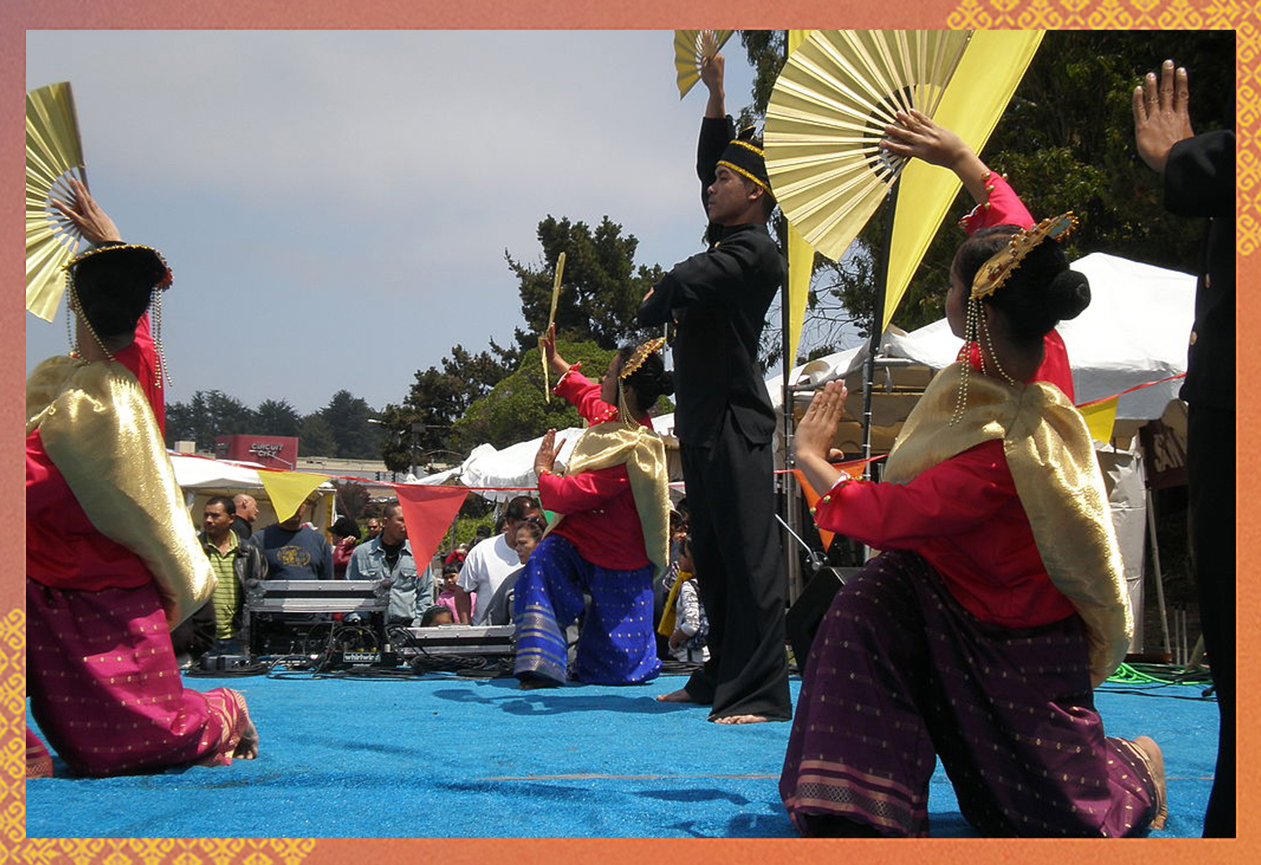What Does Tausug Philippines Do?
Table of ContentsHow Tausug Philippines can Save You Time, Stress, and Money.The 6-Second Trick For Tausug PhilippinesFascination About Tausug PhilippinesAll about Tausug PhilippinesThe 30-Second Trick For Tausug PhilippinesThe Of Tausug Philippines
Anne's perceptions of the Pangalay demonstrate how, in a location where a number of societies exist side-by-side, regard for tribal ownership of a dance is not inappropriate with a recognition for and also also a feeling of satisfaction in the collective corpus of dancings as one custom, on a national level. Dance is a task so common in Philippine society that, actually, it is often considered given.
There is no rejecting that Reyes-Aquino deserved her National Artist Award in Dance for the collection of summaries of all the dances that appear in her six-volume work (Aquino 1953), but I preserve that more research study is required to improve this collection by updating, cutting, broadening, and also remedying, where essential, especially when it involves the category and also categories of dances.
There is much information therein, absolutely, however reliable reorganization and circulation of this details needs the job of lots of more scholars. I note, nonetheless, that this process of modification is not without its political troubles among dance scholars as well as professionals. Tausug Philippines. While investigating the Pangalay in the resources and two towns of Tawi Tawi, an island province within the Sulu island chain, Santamaria discovered that the locals of this province distinguished the Pangalay from the Igal.
Tausug Philippines Fundamentals Explained
Not remarkably, reactions from Amilbangsa's group to this claim were aggressive, charging Santamaria of negating Amilbangsa's original research rather of viewing it as the discovery of new understanding. As the recognized specialist in Pangalay, it was assumed that Amilbangsa might not be wrong, similarly that Aquino's research study is believed to be undeniable.
Bajau kids learning the Igal in Sempornah, Sabah. Image by Hanafi Hussin. Amilbangsa's advocacy for the Pangalay is worthy in that she seeks to maintain the tradition active to make sure that future generations will certainly maintain executing this age-old kind that was practiced prior to individuals that danced it were converted to Islam.
Plainly, it would be useful if she can update her research study or enable others to continue the study for her. My account of troubles with the category and categorization of dances in the Philippines and also their documentation seeks to demonstrate how the growth of a national heritage is not without contestation, as multiple cultural groups battle to retain their identification as well as self-reliance on a tribal level within the merged field that is nationhood.
An Unbiased View of Tausug Philippines
Under footer of the internet Recommended Reading site, a copyright is indicated from 1999-2013, although this may reflect the size of time that the Alun Alun Dance Circle has been in operations, as mentioned on the internet site's profile page: http://pangalaydance. com/the-alun-alun- dance-circle. It would certainly be secure to state that the article "The Pangalay Dance Design" might have been uploaded to the website as very early as January 2007, which is the earliest day of the archives of articles on the site, as well as written before after that.
gov.ph, it is not clear where an update of this report can be located. Reviews of the history of Philippine dance are found in Basilio Esteban Villaruz's Sayaw: An Essay on Philippine Dancing, which was released as a short essay by the Cultural Center of the Philippines (CCP) in 1989, then consisted of in the Tuklas Sining collection (1991 ).
In some locations, the movement of such individuals has actually drastically altered the ethnic structure. Such holds true of southern Sulu, the islands comprising the province of Tawi-Tawi. This paper is a discussion of recent populace motions in the Sulu Islands, as well as exactly how these may be connected to the society history of the Sama individuals, the earliest citizens of Sulu (*).
Tausug Philippines Can Be Fun For Everyone

Design and Area Preparation. There are three kinds of Mranaw homes: the lawig (small house), mala-a-wali (large residence), as well as the torogan or ancestral residence of the datu. Some Mranaw residences have posts which hinge on the rounded boulders; these "floating structures" protect against the frameworks from collapsing throughout earthquakes (Peralta, 1975: 28-31).
It stands thirty to 220 centimeters in the air, hing on nine to twelve bamboo or wooden poles. A fenced patio acts as the front of the home; the kitchen area, which is fifty centimeters reduced than the frameworks, is at the back. Tausug Philippines. The text residences the resting area, which functions as a living and workspace in the early morning.
Getting My Tausug Philippines To Work
The widowed line floor covering of your home is of split bamboo linked with rattan. Sculpted chests, headboards, or mosquito view it screens separate the inside right into the sleeping and non- resting locations. Covered with a riyara woven floor covering, rice-stalk packages offer as bed mattresses, the head and also foot of which are outlined with pillows.
The roofing of the mala-a-walai is constructed from thick cogon lawn protected on bamboo frames by rattan. Notched bamboo poles web server as the stairways, which are placed at the front as well as rear of your house (Alarcon, 1991: 65-66). The finest example of Mranaw design is the torogan, which showcases the very best of Mranaw okir (essentially, "carving").

An Unbiased View of Tausug Philippines
